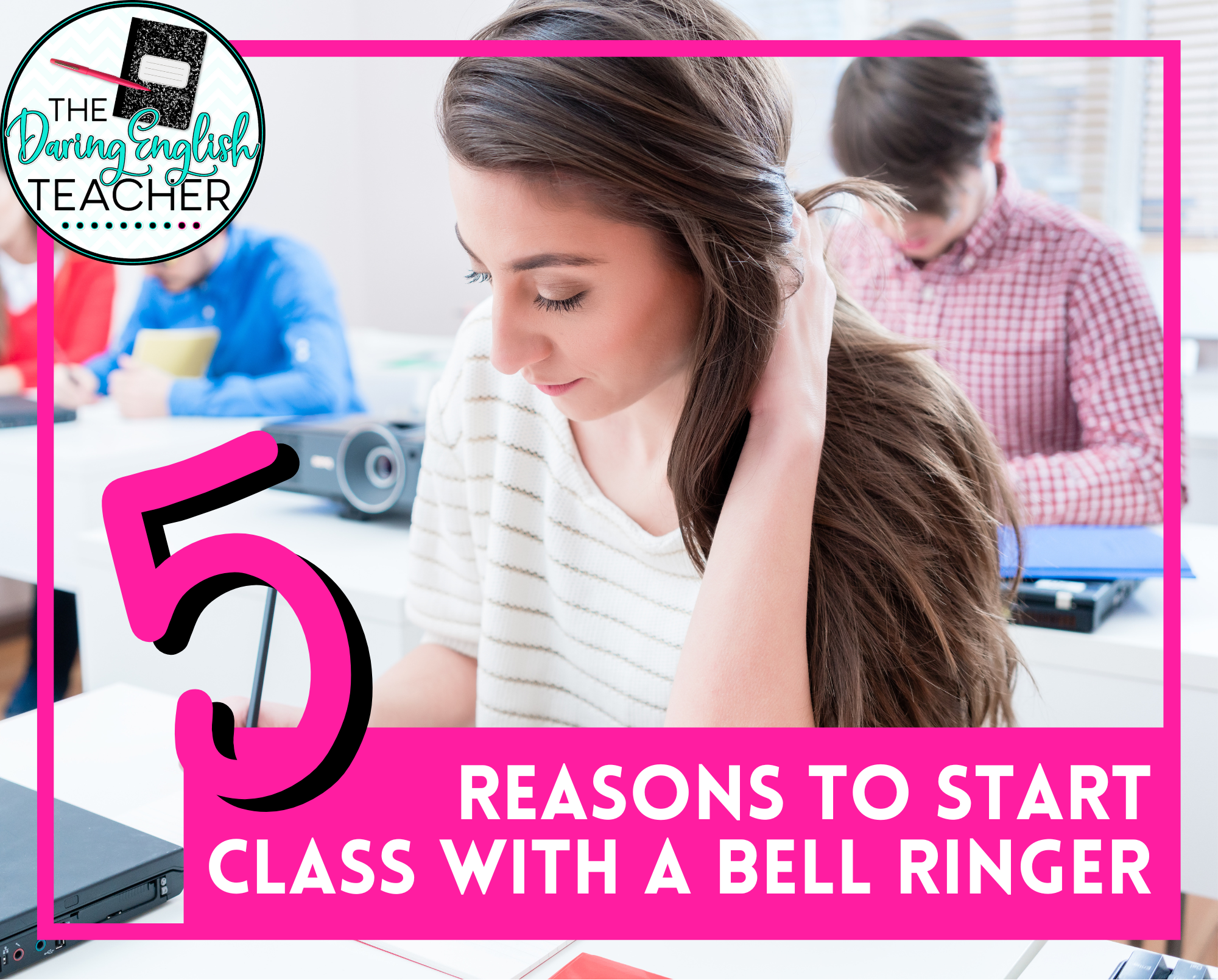
5 Reasons to Start Class with a Bell Ringer
If you aren’t using bell ringers in your secondary ELA classroom – you should. I can’t say enough good things about what bell ringers have

If you aren’t using bell ringers in your secondary ELA classroom – you should. I can’t say enough good things about what bell ringers have
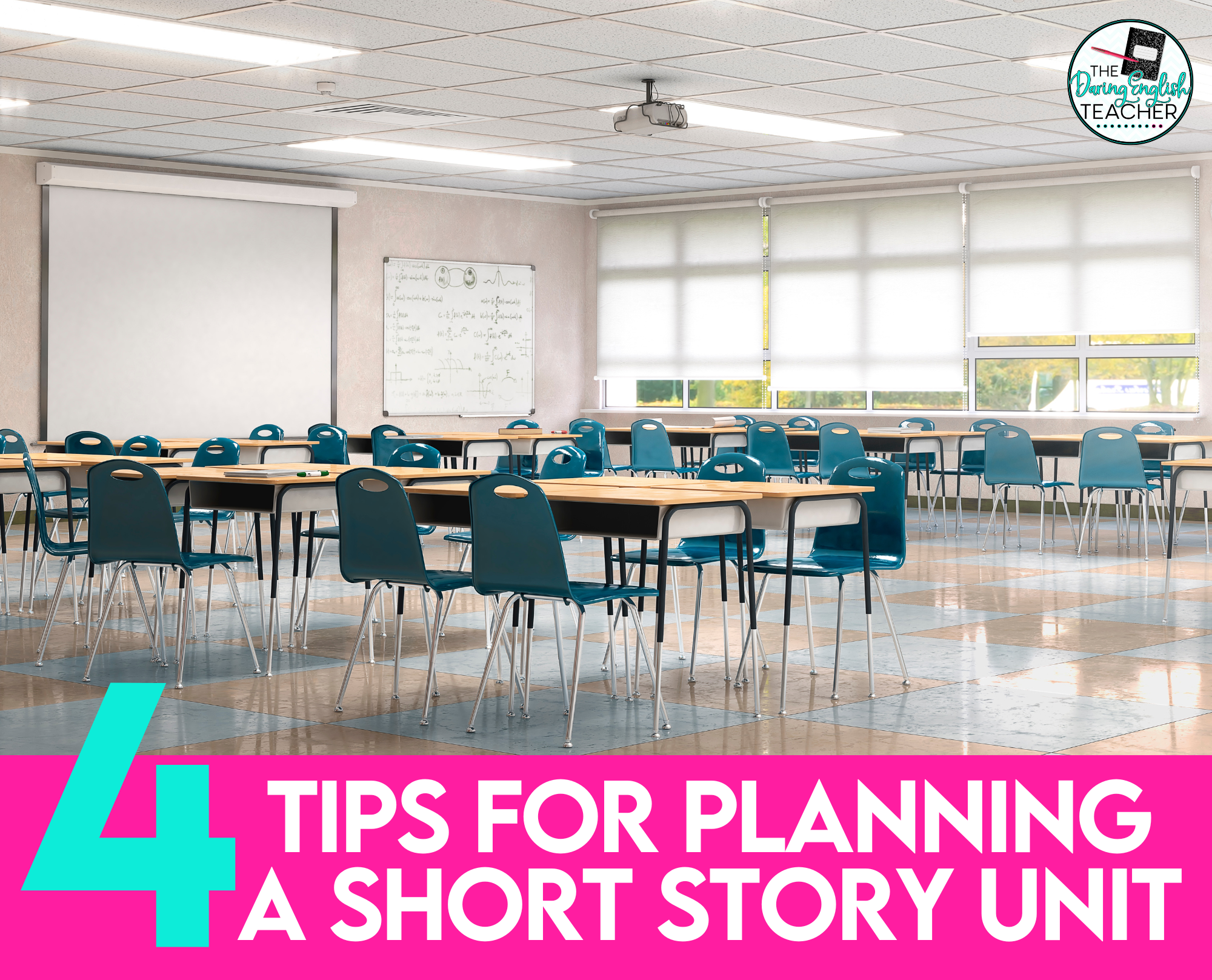
Planning a short story unit can be daunting, but it doesn’t have to be. Here is a look at how I plan my short story
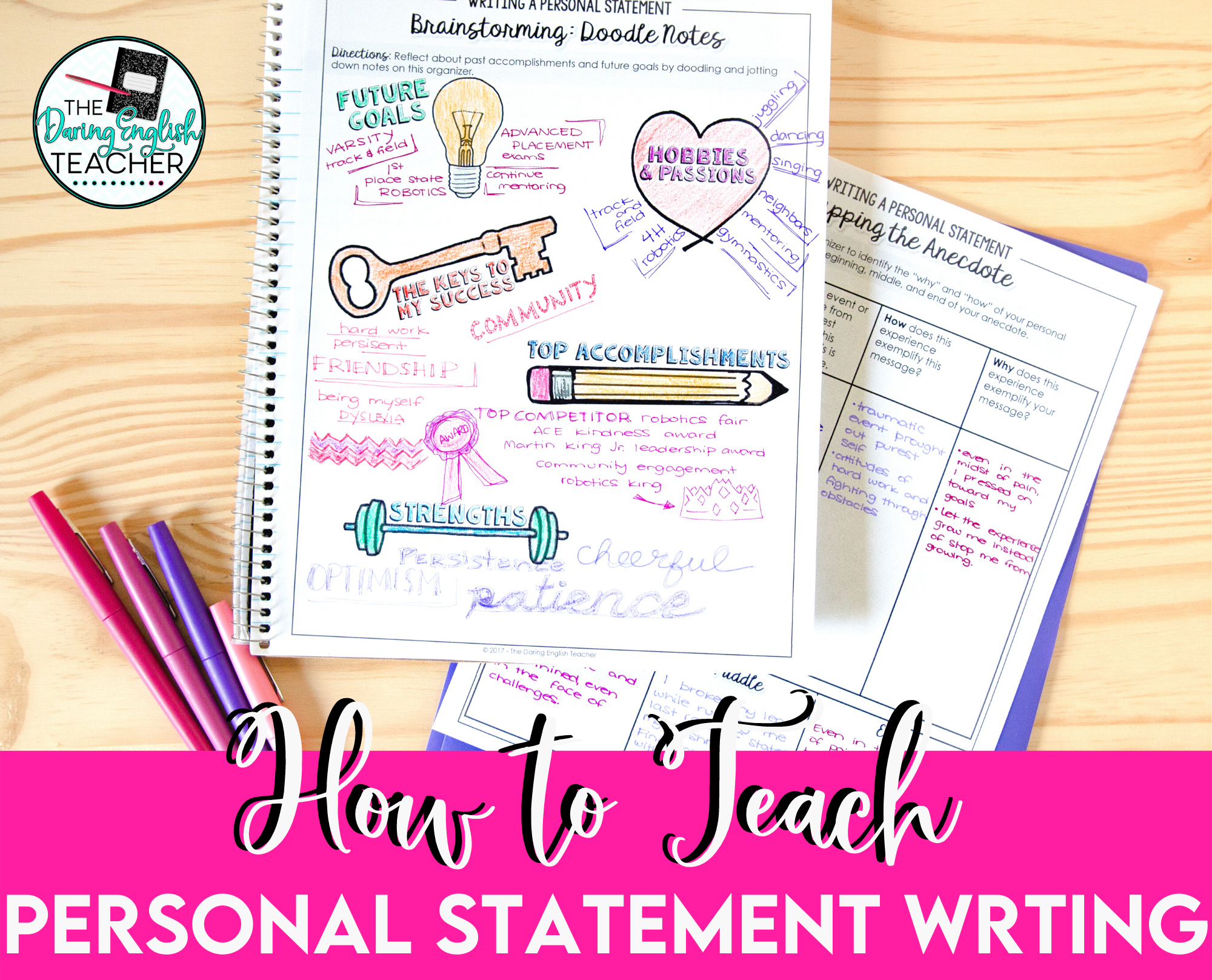
If you are looking to read about how to teach personal statement writing, I’ve got you covered. Keep reading to learn more and to see
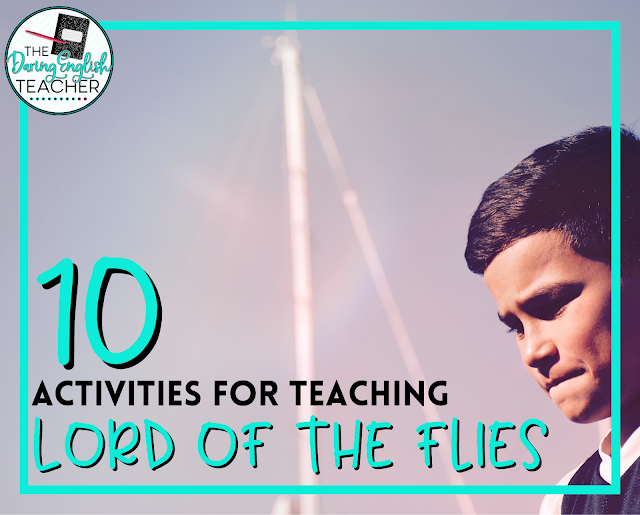
Teaching Lord of the Flies can be a fun and exciting class novel. There are deep themes on innocence, building civilizations, and the dangers of
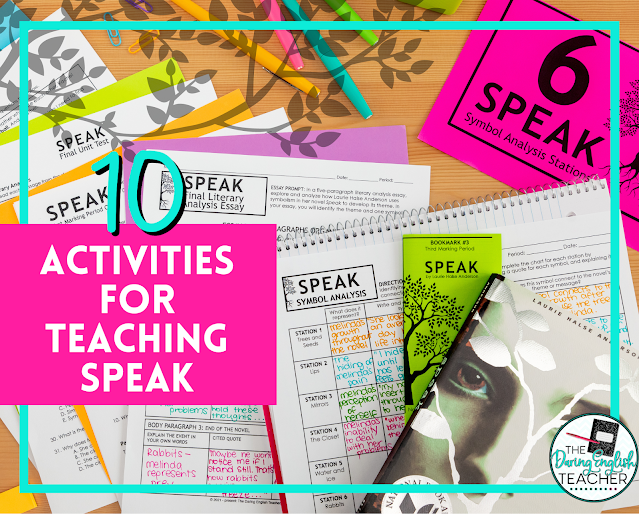
Speak is one of those powerful reads that, unfortunately, many students relate to. If not from personal experiences mirroring the main character, the reality of dealing with trauma and the fallout of PTSD, depression, and other ostracizing events. Teaching Speak, though, can be a challenging task. It becomes a deeply personal and empathetic read, so I make an effort to include it in my reading list throughout the year. Read on for activities and ideas to try in your own classroom.
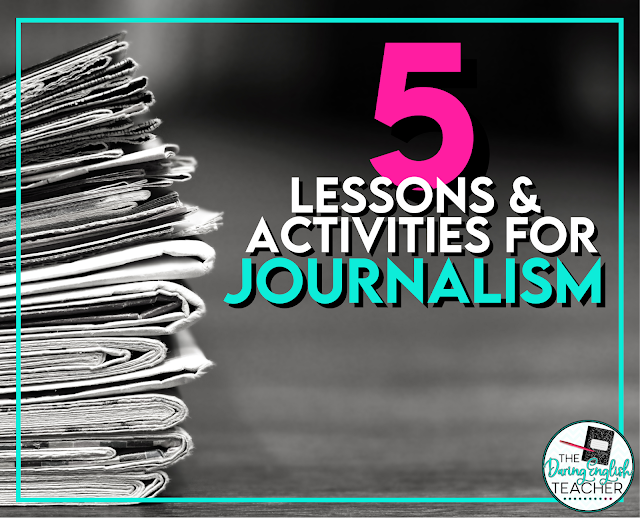
You and your students will absolutely love these journalism lessons! The beginning of a new school year can be hectic for journalism teachers who are tasked with simultaneously teaching new journalism students who don’t have any journalism experience while also planning and publishing content for the school newspaper.
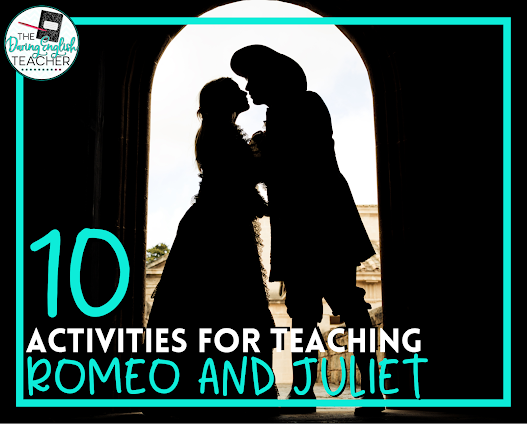
Romeo and Juliet is one of those classic pieces of literature I think everyone has read. Even students who haven’t read the Shakespeare play have
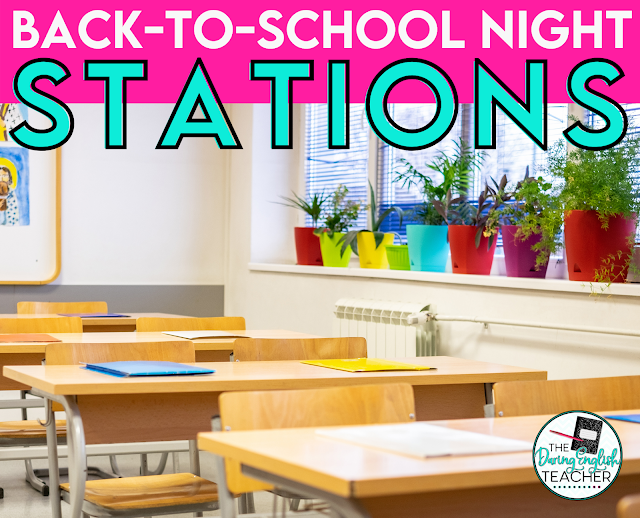
I’m not sure about you, but I always kind of dread Back-to-School Night. It’s late, I’m usually exhausted from the first couple of weeks of
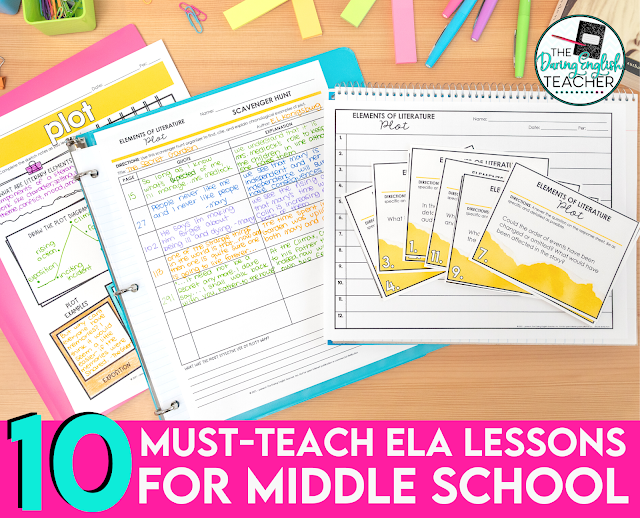
The content and skills students learn in their middle school English language arts classes provide them with a strong foundation and help prepare them for high school and beyond, and these middle school ELA lessons are just the ticket! From learning about fundamental grammar rules to learning how to become stronger and more confident writers, middle school is an important time for students to begin thriving in their English classes.
